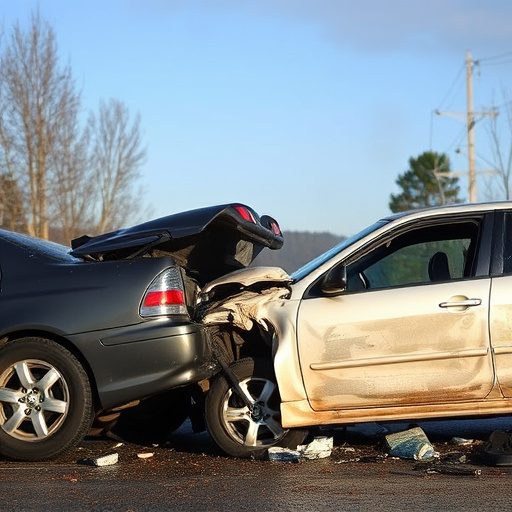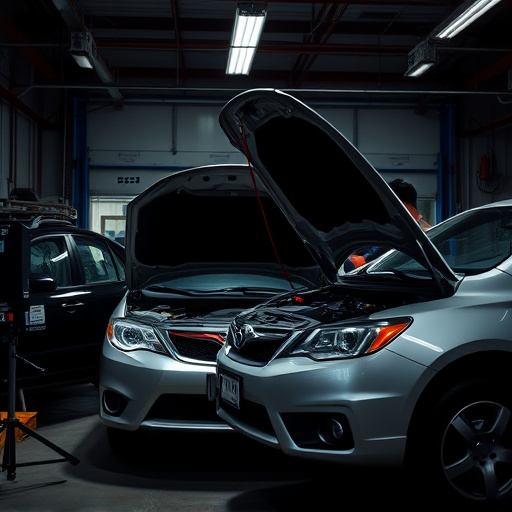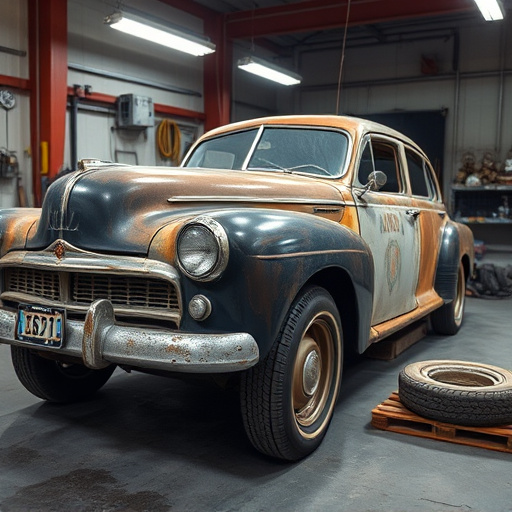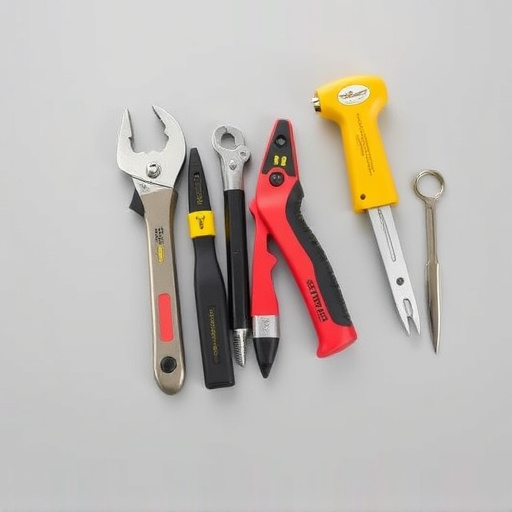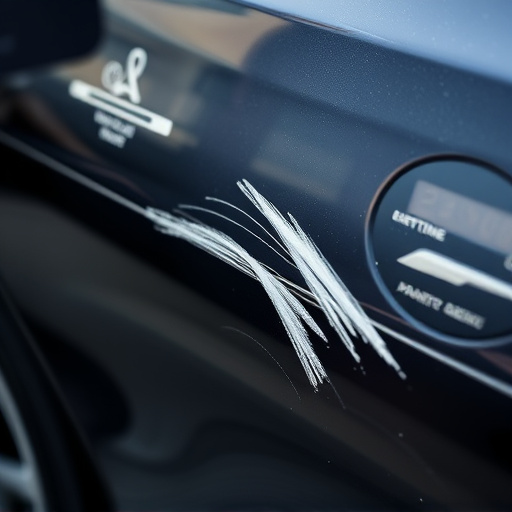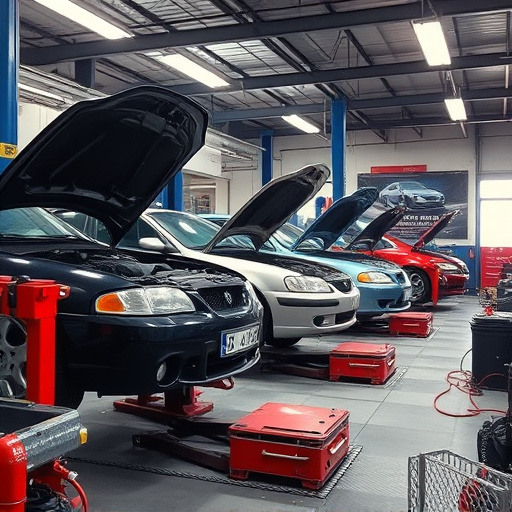Precision frame alignment is vital for auto repair, especially in luxury vehicles, to maintain structural integrity and safety standards. Regular checks prevent costly future repairs by addressing minor misalignments that can cause long-term issues. Correcting misalignments of wheels, suspensions, and frames saves money, enhances vehicle safety, and ensures better handling dynamics. Best practices involve advanced technologies, manufacturer specs, and regular maintenance to catch problems early.
Precision frame alignment is a crucial technique for maintaining structural integrity and preserving buildings. By ensuring frames are correctly aligned, structural engineers can prevent costly future repairs often caused by common misalignments. This article explores the significant role of precision frame alignment in preservation, identifies typical misalignments, and provides best practices for implementation to avoid expensive retrofits down the line.
- Understanding Precision Frame Alignment's Role in Preservation
- Common Misalignments Causing Costly Repairs Over Time
- Implementing Solutions: Benefits and Best Practices
Understanding Precision Frame Alignment's Role in Preservation

Precision frame alignment plays a pivotal role in preserving the structural integrity and aesthetic appeal of vehicles, particularly those valued at luxury vehicle repair centers or auto collision centers. It involves meticulous adjustments to the vehicle’s metal components, ensuring that all parts align correctly after a collision or other damage. This process goes beyond mere visual restoration; it guarantees that the vehicle maintains its original safety standards and handling dynamics.
By implementing precision frame alignment, collision repair shops can prevent future costly repairs. Even seemingly minor damages, if not properly aligned, can lead to long-term structural issues, compromising the vehicle’s performance and safety. Thus, for both common and luxury vehicle repairs, aligning frames precisely is an essential step in ensuring customer satisfaction and minimizing financial burdens down the line.
Common Misalignments Causing Costly Repairs Over Time

Misalignments in a vehicle’s frame can lead to costly repairs over time. Common issues include misaligned wheels, damaged or bent frames, and improper suspension systems. These problems often go unnoticed until they escalate, resulting in more expensive auto body repairs and vehicle dent repair. For instance, an off-center wheel alignment can cause uneven tire wear, leading to the need for frequent replacements and costly car body repair. Similarly, a bent frame from an accident or poor handling may seem minor initially but can result in significant structural damage over time, necessitating extensive precision frame alignment adjustments and even complete auto body repairs.
Regular precision frame alignment checks are crucial to prevent such issues. By addressing misalignments early, drivers can save money and maintain their vehicle’s structural integrity. This proactive approach ensures that components like wheels, suspension, and frames work harmoniously, preventing the need for frequent and expensive repairs, including those related to vehicle dent repair or car body repair.
Implementing Solutions: Benefits and Best Practices

Implementing Solutions for precision frame alignment offers a multitude of benefits that extend far beyond initial installation costs. By correcting any misalignments in the vehicle’s frame, auto body services professionals can significantly reduce the likelihood of future issues, including costly fender repair and other related problems stemming from an accident or minor fender benders. This proactive approach not only saves money in the long run but also ensures better structural integrity and safety for the vehicle.
Best practices involve utilizing advanced technologies and techniques to accurately measure and adjust the frame. Professionals should ensure that all adjustments are precise, adhering to manufacturer specifications, to avoid creating new issues. Regular maintenance checks can help catch any misalignments early on, preventing them from escalating into major repairs. This proactive mindset not only benefits individual vehicle owners but also contributes to a smoother, more efficient automotive industry as a whole.
Precision frame alignment is not just an initial setup step; it’s a proactive investment that safeguards your structures against costly future repairs. By addressing common misalignments, you prevent structural damage and ensure longevity. Implement best practices now to reap the benefits of enhanced stability, reduced maintenance needs, and significant long-term savings. Embrace precision frame alignment as a key component in preserving your assets for years to come.





